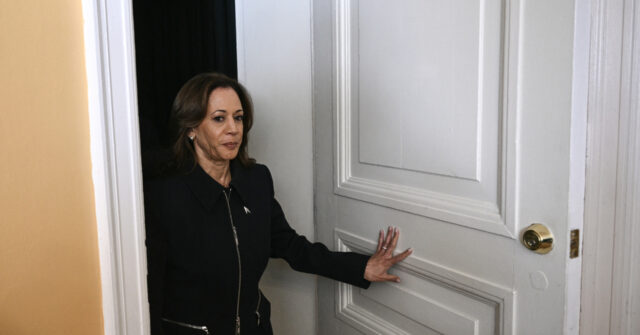In August, orders for manufactured goods experienced a 0.2 percent decline, following a significant increase witnessed the previous month, according to a report from the Commerce Department. This downturn marks the third decrease in orders over the last four months, indicating ongoing challenges within the manufacturing sector. Such volatility signals that manufacturers are grappling with uncertainties in the economic climate—a concern echoed by economists who had anticipated that orders would remain stable in August. This cautious forecast reflects a mixed economic environment, which is affecting overall confidence in manufacturing.
The detailed data revealed that orders for durable goods remained unchanged for the month, a stark contrast to July’s impressive gain of 9.8 percent. Initially, an increase of 0.1 percent was expected, but this was revised downward, reinforcing the notion that growth is stalling. Despite some positive contributions from defense-related orders in bolstering factory activity this year, the overall outlook remains troubling. Notably, when defense goods were excluded from the statistic, total orders fell by 0.4 percent, emphasizing the fragility of the wider manufacturing landscape and its susceptibility to macroeconomic influences.
On a slightly brighter note, nondefense capital goods orders, excluding aircraft, did manage to rise by 0.3 percent in August, an upward adjustment from an earlier estimate of a 0.2 percent increase. This suggests a glimmer of resilience, especially as these capital goods are pivotal for business investment and future economic growth. However, despite this uptick, shipments of these critical orders—an essential component for calculating the government’s gross domestic product (GDP)—decreased by 0.1 percent. This decline was compounded by a previous drop of 0.4 percent in July, raising questions about the sustainability of the recent gains.
The challenges facing the manufacturing sector are not new; they have been compounded over time. According to the Institute for Supply Management’s manufacturing Purchasing Managers’ Index (PMI), the sector has experienced contraction for the majority of the past two years. This prolonged trend instills concerns regarding the sector’s potential to play a pivotal role in the anticipated economic recovery. Such sustained weakness in manufacturing runs counter to the assertions made by Vice President Kamala Harris about a manufacturing boom under the current administration, leading critics to question the validity of these claims.
The data paints a nuanced picture: While there are instances of growth, particularly in certain segments like nondefense capital goods, the overarching trend remains one of stagnation and decline. As orders fluctuate and the manufacturing sector grapples with inconsistent performance, stakeholders, including government officials and policymakers, must carefully monitor these developments. The resilience of the manufacturing sector is crucial not only for economic recovery but also for the creation of jobs and the stability of supply chains in a fluctuating global market.
In conclusion, the ongoing struggles within the manufacturing sector highlight significant economic concerns that may hinder broader recovery efforts. As orders for manufactured goods show a decline amid a challenging economic landscape, policymakers must address these issues to regain stability and foster growth. The recent data underscores the importance of understanding the complexities of the manufacturing environment, which remain pivotal to the U.S. economic trajectory. Maintaining a close watch on statistical trends and adjusting strategies accordingly may be key in navigating the road ahead for manufacturers and the economy at large.

